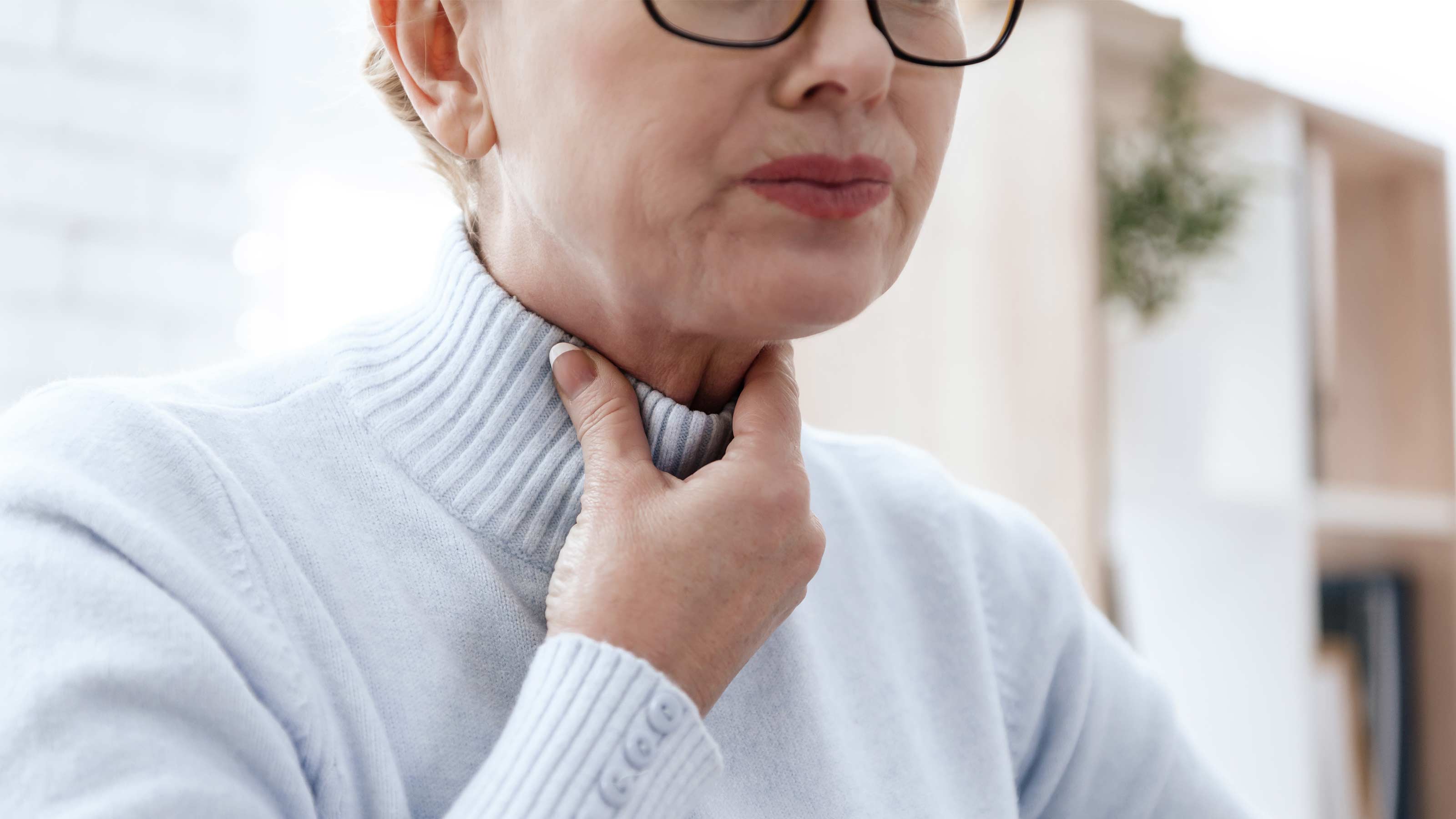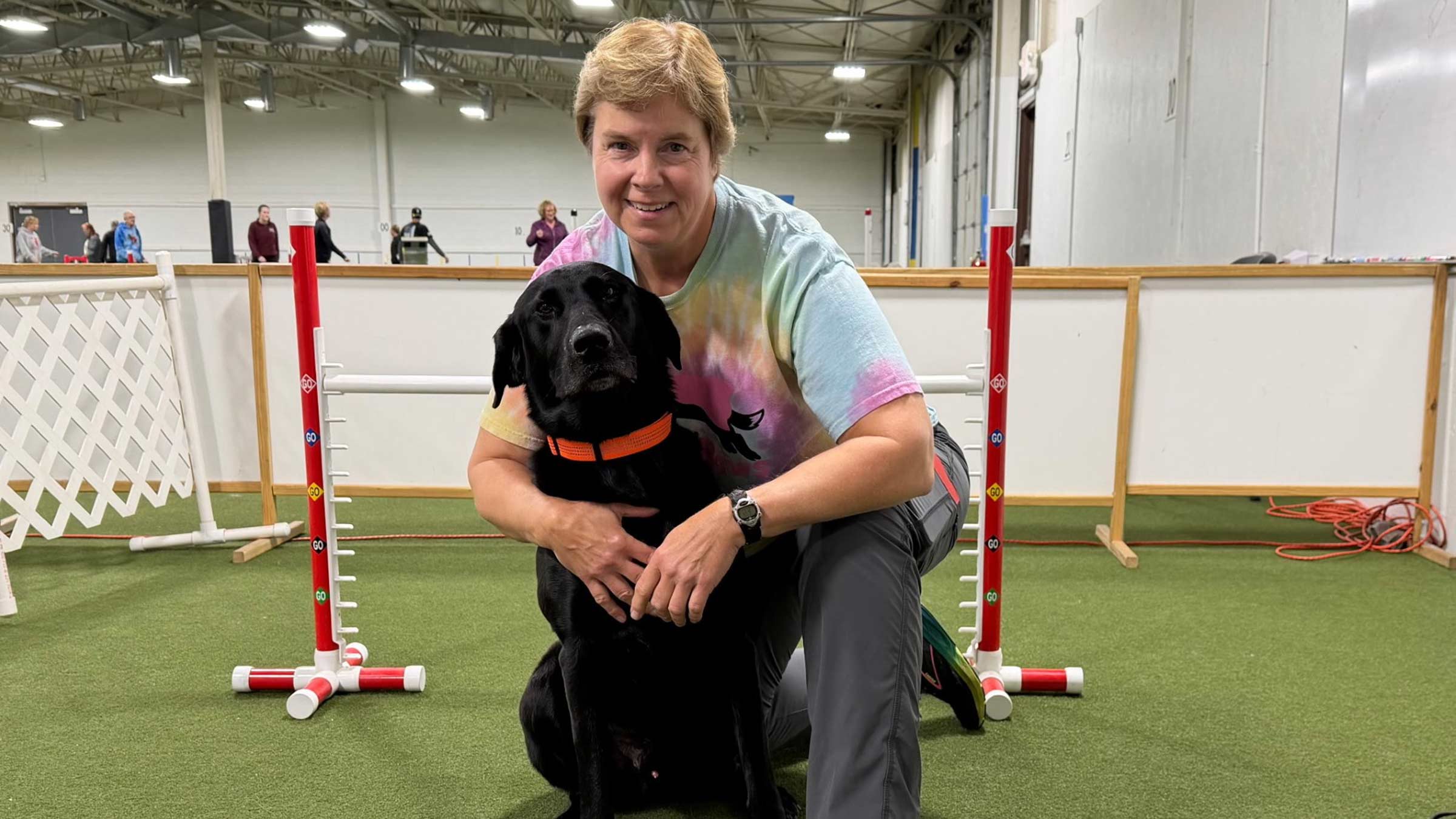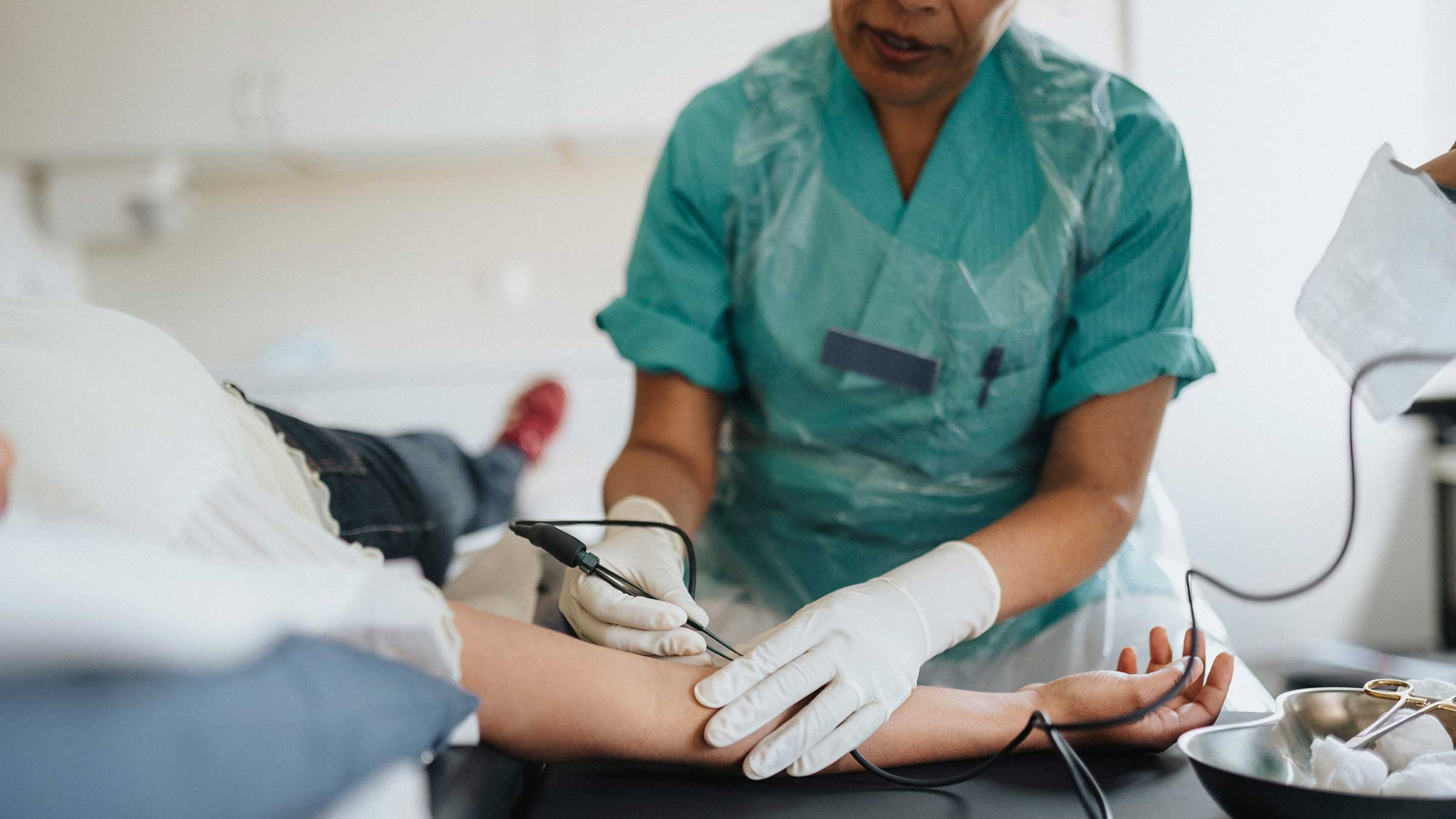Health Talks: How head and neck cancer could result in voice and swallowing disorders
Apoorva Ramaswamy, MD, laryngologist, explains the long-term voice and swallowing disorders that can result from head and neck cancer treatment.
Head and neck cancers are treatable but after treatment can lead to voice and swallowing disorders, which can affect a patient’s quality of life.
What are head and neck cancers?
Head and neck cancers are cancers that occur anywhere in or around the nose, mouth, throat and all the way down to the upper esophagus.
What are the symptoms of head and neck cancer?
Symptoms can be subtle like pain in the throat, difficulty swallowing or changes in the voice. Sometimes, there are no symptoms at all, so we must be very careful to look for signs when doing exams, for example when you go to the dentist.
What is the treatment for head and neck cancers?
Treatments for head and neck cancer depends on where the cancer is, but it can consist of a combination of surgery, chemotherapy and radiation.
Is age a risk factor for head and neck cancer?
In the past, we thought of head and neck cancer primarily in older men with a history of smoking and alcohol use. But that’s all changing now, with the rise of the human papilloma virus (HPV). We’re seeing head and neck cancer occur in younger, healthier people, including women.
What are the results of treatment?
Head and neck cancer treatments resulting from HPV are typically very effective but can lead to voice and swallowing disorders. One of the most common things we’ve found is nasal pharyngeal reflux. This is when the valve that separates our nose from our throat gets weaker after radiation to that area. We found that a simple procedure that can be done in the office can prevent liquids and food from coming up into the nose during the chewing and swallowing process.
There are several ways we can improve the quality of life for patients after treatment including voice and swallowing therapies, medication, or surgery.
Watch this Health Talks in its entirety through the video at the top of this page.

The choice is clear
Our experts develop and deliver the most advanced targeted treatments leading to better outcomes and more hope.
Learn More








